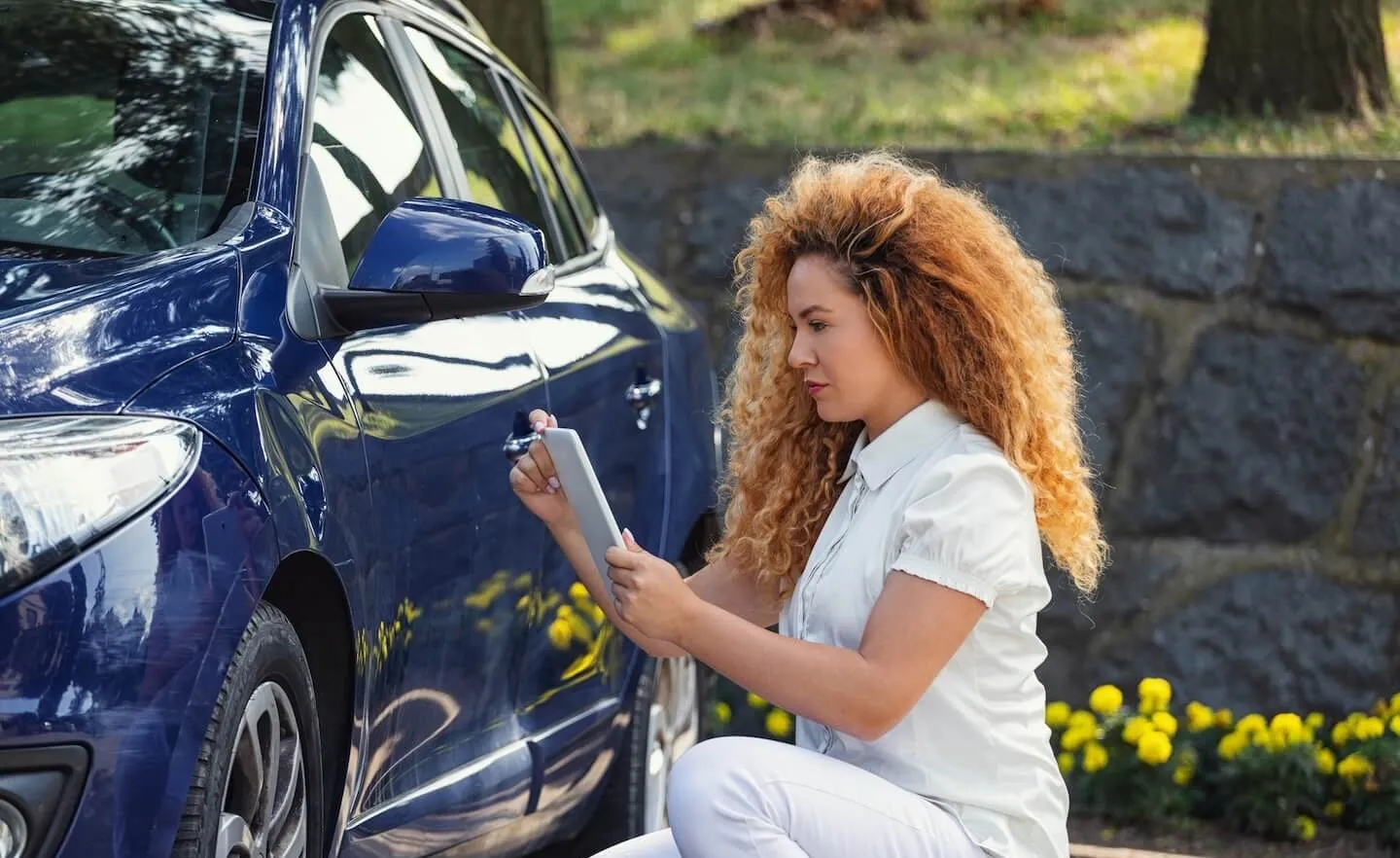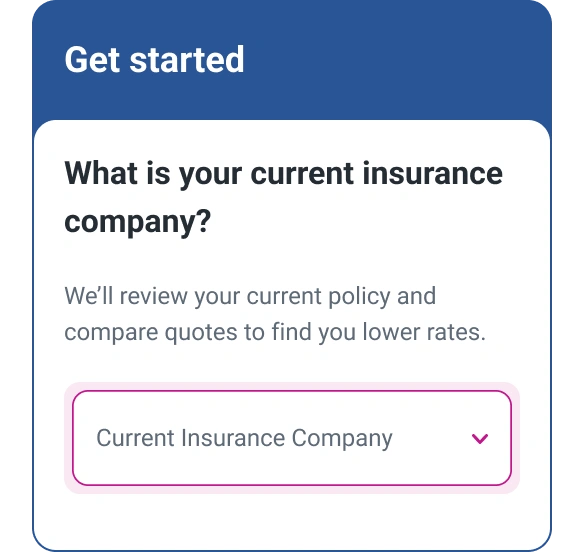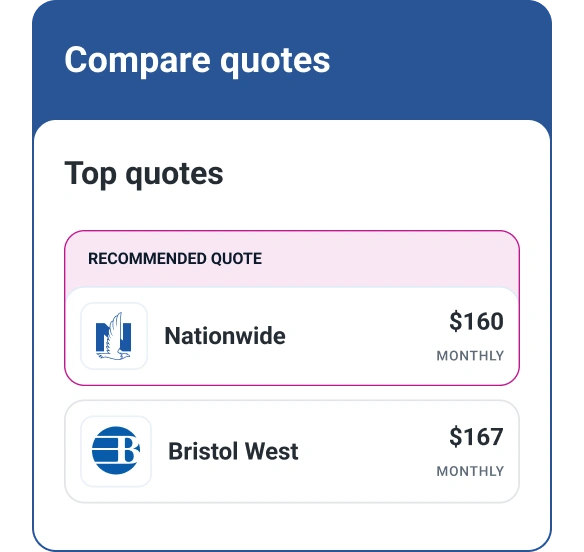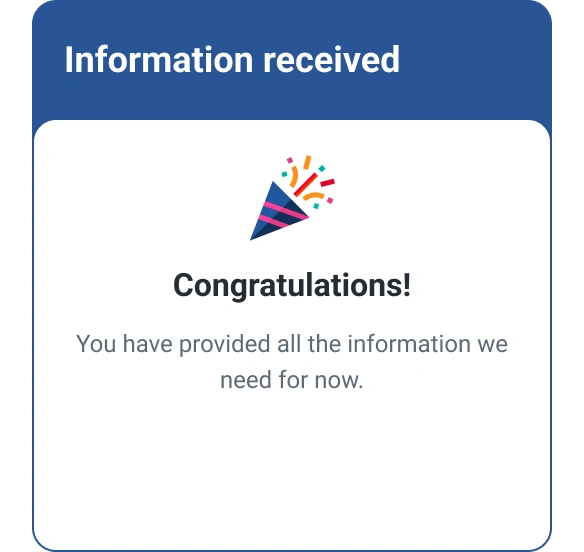Do Car Insurance Claims Affect the Value of Your Vehicle?
Quick Answer
A car insurance claim won’t directly affect the equity you have in your vehicle, but the event and resulting damage that caused you to file a claim can.

Drivers might need to file a claim with their auto insurer for all sorts of reasons. Whether you were in an accident with another vehicle or the 100-year-old oak tree in your yard fell on your car during a storm, there's no shortage of scenarios that can damage your vehicle. But what happens to the equity in your vehicle when you file a claim? Read on to learn more.
How Does a Car Insurance Claim Work?
If your vehicle is damaged or you suffer injuries in a crash, your insurance company (or the at-fault driver's) will help cover repair costs, your legal liability and medical bills—if you have the right types of coverage. But you need to file a claim with the insurer to receive reimbursement. While each company has its own process, here's a general overview of what you'll need to do.
- Report the incident to the insurance company as soon as possible. You may be able to file a claim by phone, online or through the insurer's app. You need to provide information about the accident or incident that caused the damage, including the day and time it occurred, weather conditions, photos of the damage and a copy of the police report (if applicable). If you were in an accident with another vehicle, you also must provide the contact and insurance information for the others involved.
- Meet with the insurance adjuster. The insurance company will often send an adjuster to survey the damage, gather additional details about the incident and ask about injuries.
- Get an estimate. You may need to get a repair estimate from a body shop before the insurance company will pay for the damages. If the repairs cost more than the vehicle is worth, the insurer will declare it a total loss. If your car is totaled, the insurer may issue a payout for the actual cash value of the vehicle at the time the incident occurred, depending on your coverage.
- Pay your deductible. Some types of coverage, such as comprehensive and collision, have a deductible attached to them. You must pay it (if applicable) before the insurance company will cover its portion of the damages.
- Repair the damage or replace your vehicle. Usually, you can take your car to your choice of repair shop, and the insurance company will pay the shop directly. If you have rental reimbursement, your insurer will also cover the cost of a rental while yours is being repaired. If your car was totaled in the incident and you own your vehicle free and clear, you can use the payout to help you buy a new car. However, if you're still paying off an auto loan, the insurer will generally send the payout to the lender. If you owe more than the car is worth, you're on the hook for the difference—unless you have gap insurance.
Learn more: Car Insurance Terms You Need to Know
Your Car's Value After an Accident
Filing a claim doesn't directly impact your car's equity, but the damage your car sustained can. When your vehicle is involved in an accident or sustains damage from another incident, it's generally worth less than it was before the damage occurred—even if you get it fully repaired. The amount by which the vehicle depreciates depends on the extent of the damage it sustains. Typically, the more severe the damage, the bigger the drop in value.
What to Do if Your Car's Value Drops After an Accident
If your car's value drops after an accident, you have several options about what to do next.
- File a diminished value claim. This type of claim can help you recover the difference between your car's pre- and post-accident value. Rules for filing diminished value claims vary by state, but you generally can't file one if you're at fault in the accident. If you choose to file this type of claim, you're responsible for providing proof that shows your vehicle's diminished value.
- Adjust your insurance coverage. Depending on the post-accident value of your car, it may not be worth maintaining collision and comprehensive coverage. Before dropping them, it's a good idea to do some math and compare the payout you'd receive (after paying your deductible) if the insurance company totals your car with how much you'd have to pay to keep the coverage.
- Consider trading it in. If you don't want to keep driving your car after it's repaired, consider trading it in for a new one. The accident will show on a vehicle history report, and you'll likely receive a reduced trade-in value.
- Keep driving it. If your car is safe to drive after being repaired, continuing to drive it may make the most financial sense, especially if you haven't finished paying off your auto loan.
The Bottom Line
After filing a claim, you'll likely see a drop in your car's value—not because of the claim itself but because of the damage your vehicle sustained. In some cases, you may be able to recoup the difference between your car's pre- and post-claim value by filing a diminished value claim. If you decide to keep your vehicle after repairing it, it's important to understand how much it's worth so you can make an informed decision about the types and amount of coverage you need. If you decide to make changes to your insurance, Experian's car insurance comparison tool can help you find affordable coverage that meets your needs.
Don’t overpay for auto insurance
If you’re looking for ways to cut back on monthly costs, it could be a good idea to see if you can save on your auto insurance.
Find savingsAbout the author
Jennifer Brozic is a freelance content marketing writer specializing in personal finance topics, including building credit, personal loans, auto loans, credit cards, mortgages, budgeting, insurance, retirement planning and more.
Read more from Jennifer

